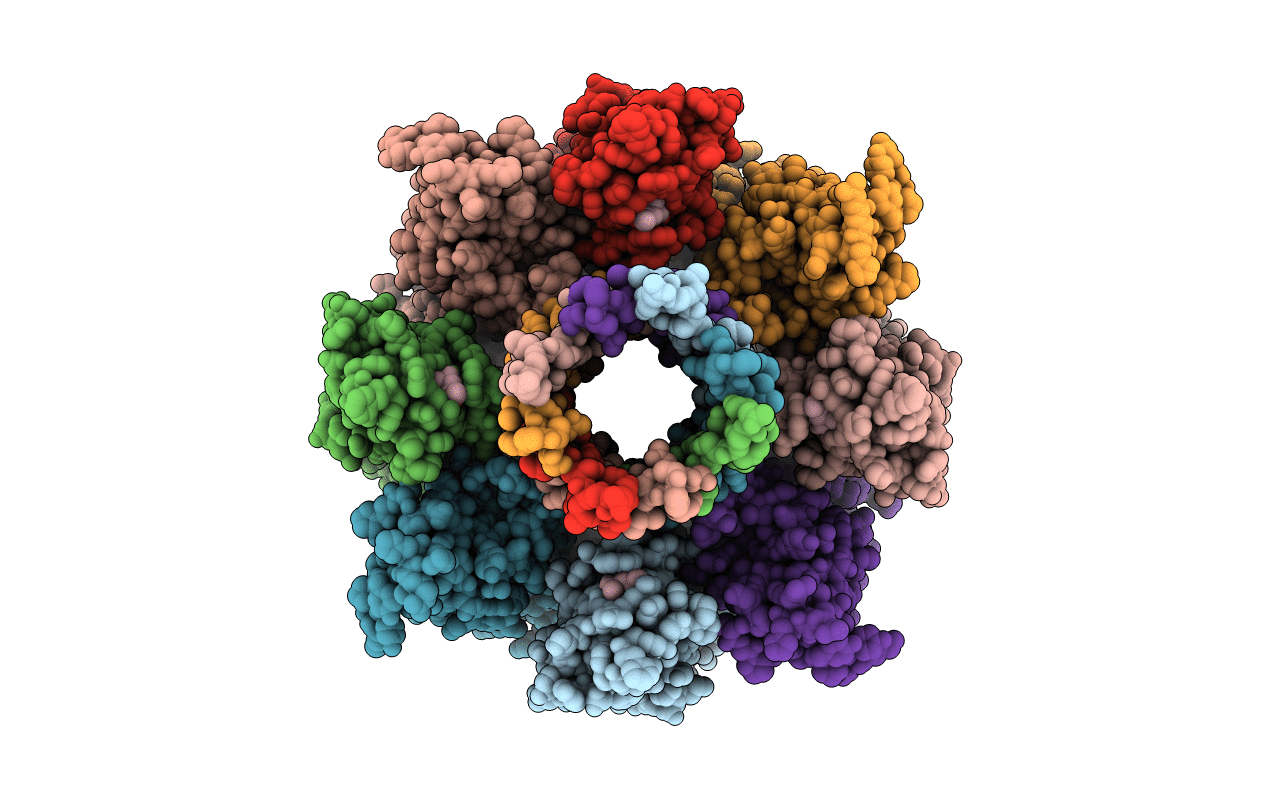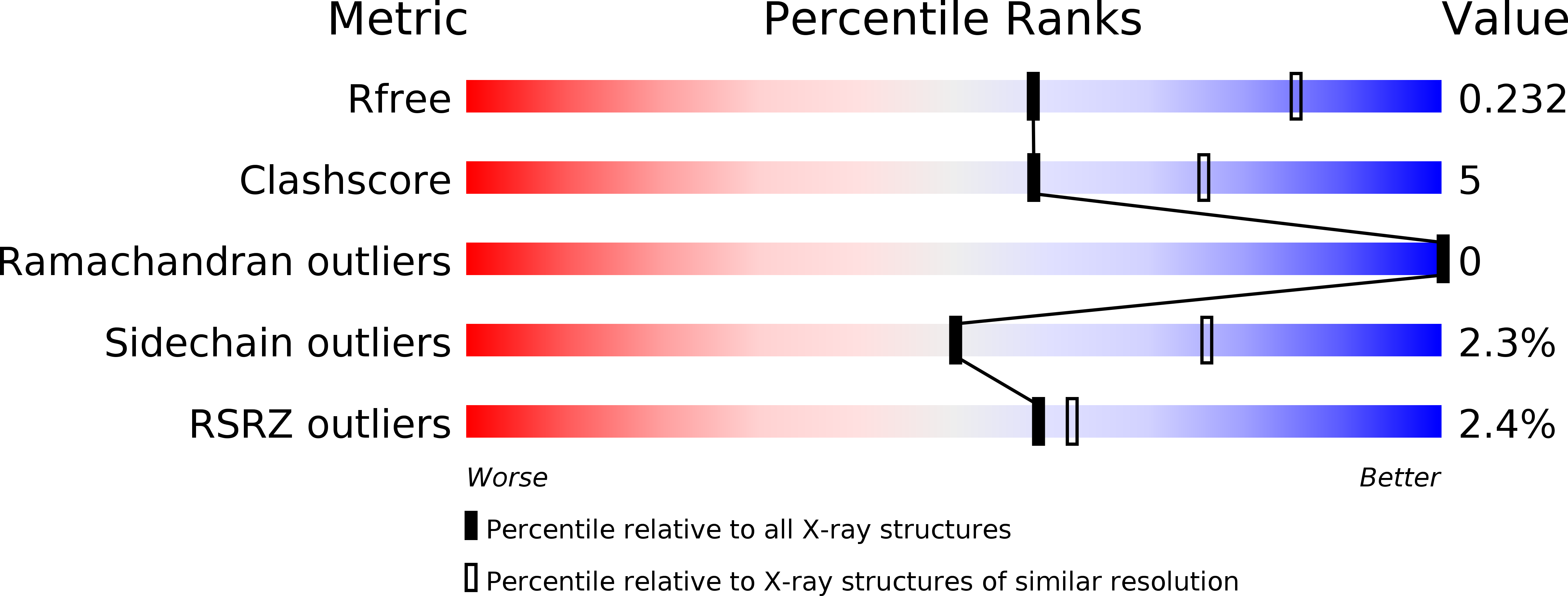
Deposition Date
2011-06-06
Release Date
2011-10-12
Last Version Date
2023-11-01
Entry Detail
PDB ID:
3B07
Keywords:
Title:
Crystal structure of octameric pore form of gamma-hemolysin from Staphylococcus aureus
Biological Source:
Source Organism:
Staphylococcus aureus (Taxon ID: 158878)
Host Organism:
Method Details:
Experimental Method:
Resolution:
2.50 Å
R-Value Free:
0.23
R-Value Work:
0.20
Space Group:
C 2 2 21


